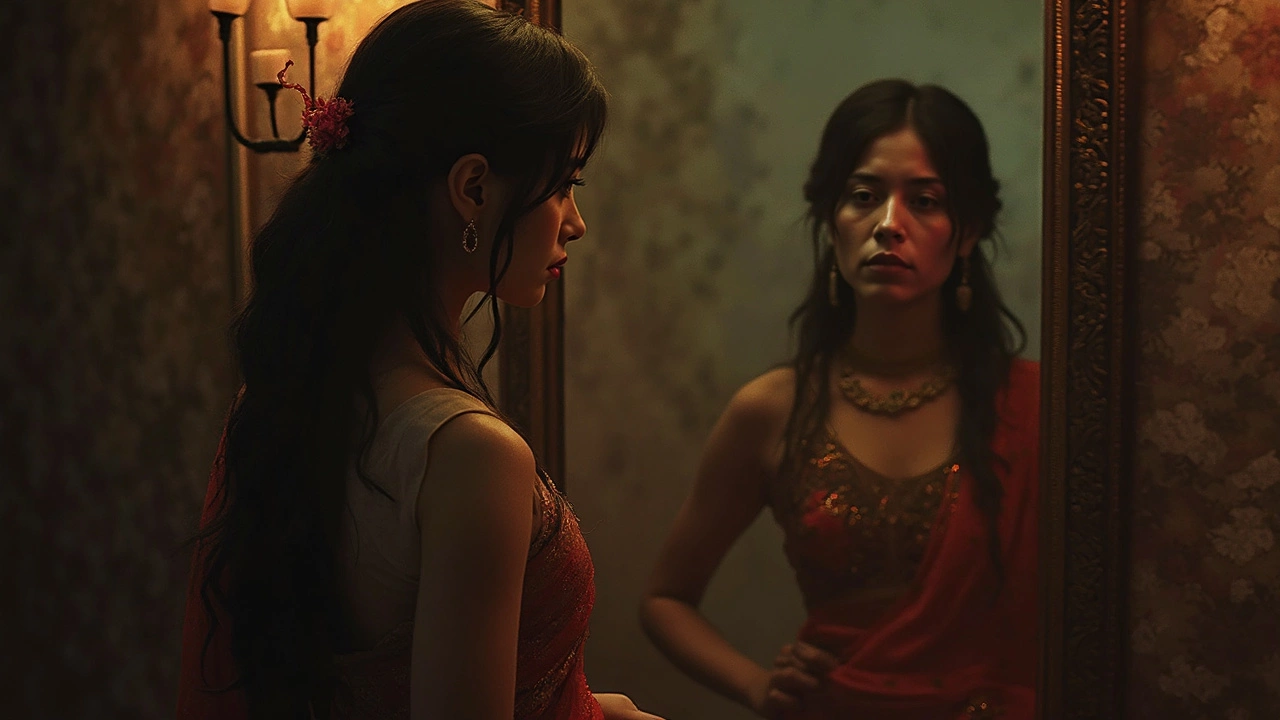
Why You Shouldn't Stare at a Mirror for Too Long
Staring at a mirror might seem harmless, but it can lead to unexpected psychological effects. Mirror gazing can affect mental health, cause illusions, and even lead to unsettling experiences. It's not just about vanity or superstition; understanding the science behind this simple act can intrigue anyone. Learn why you should limit your mirror time and explore tips for healthy mirror interactions.
View More